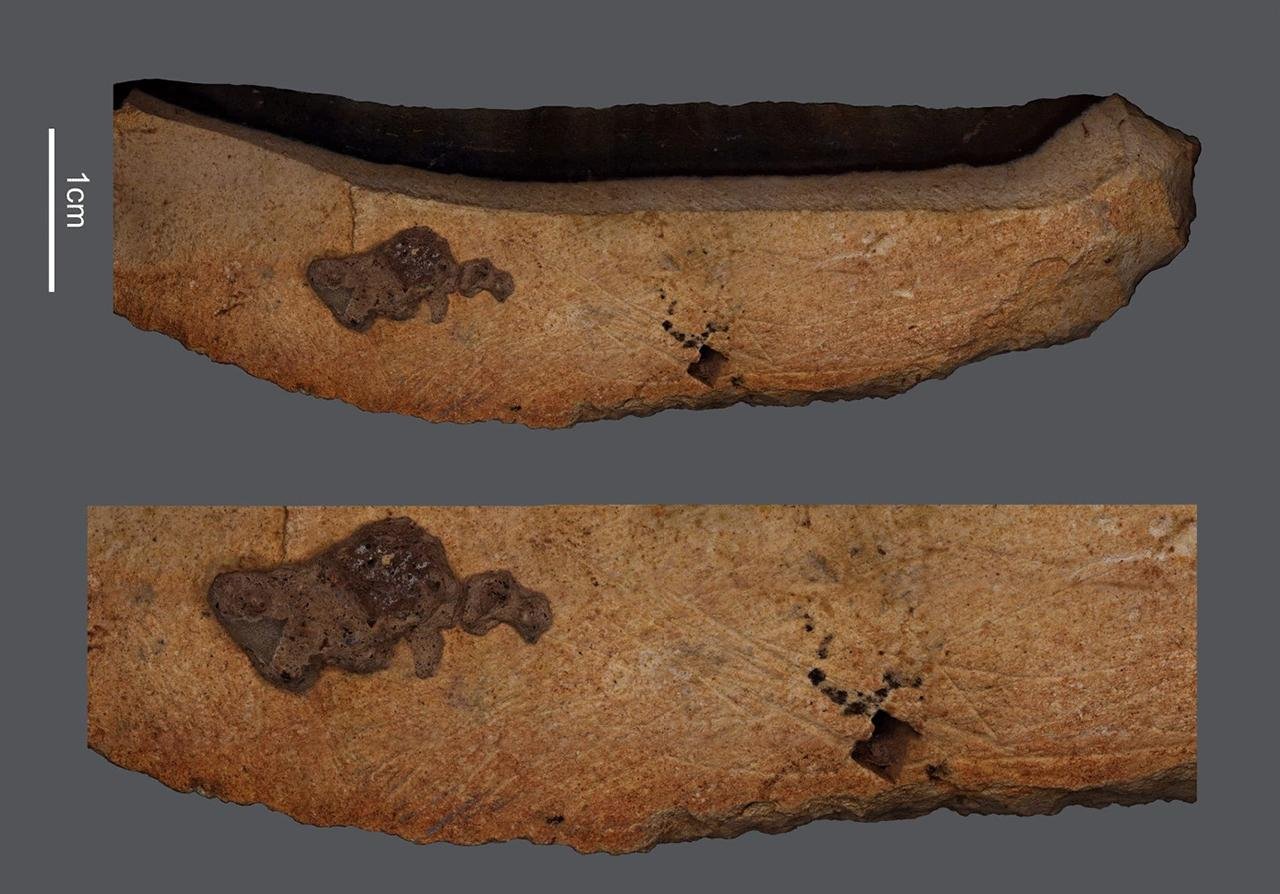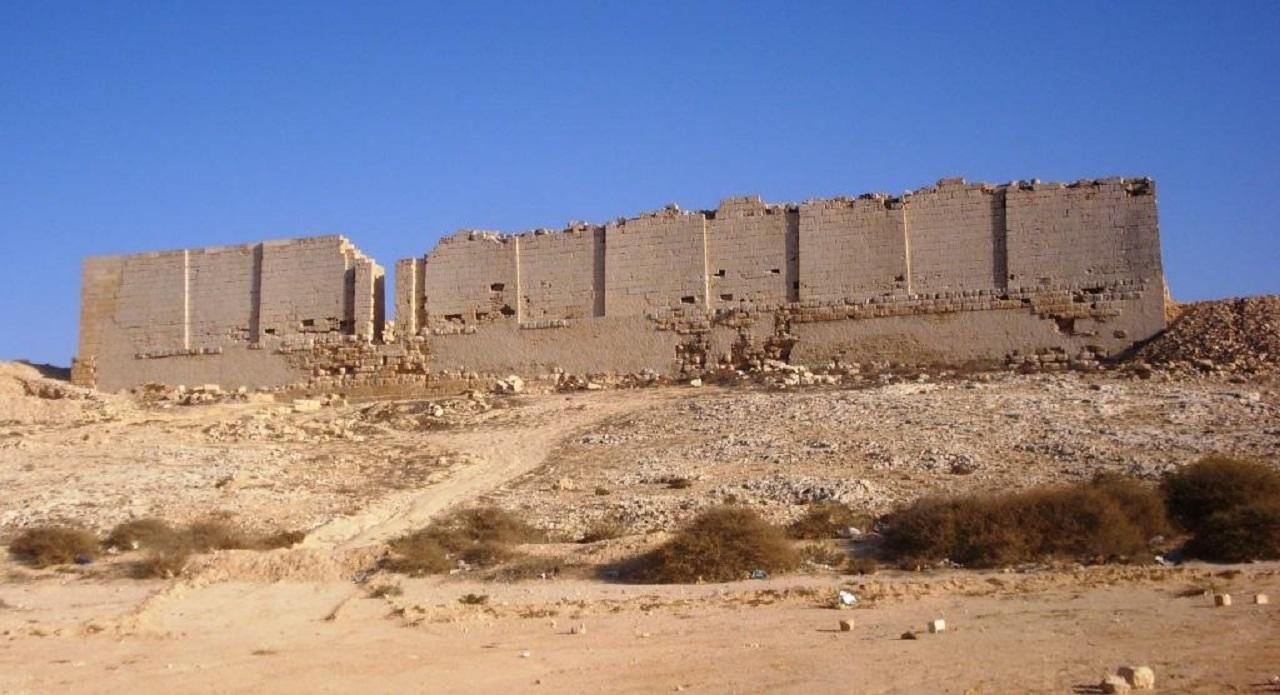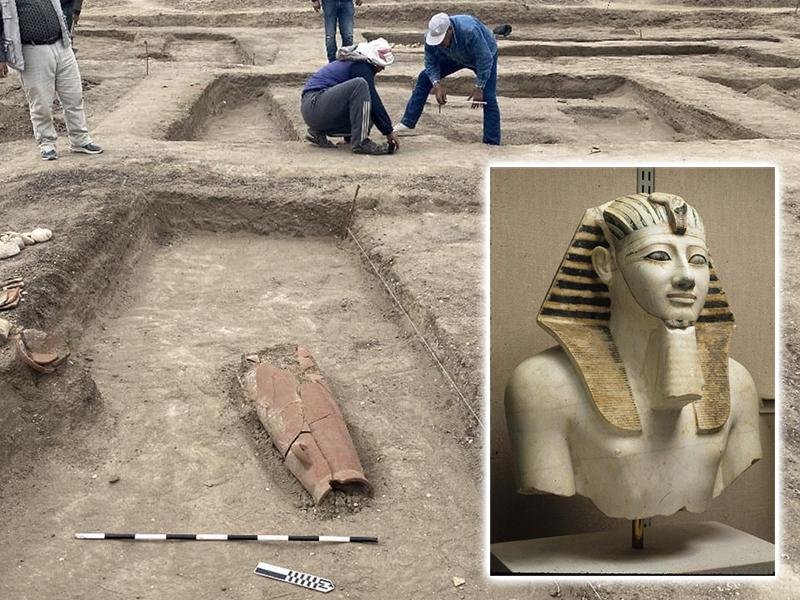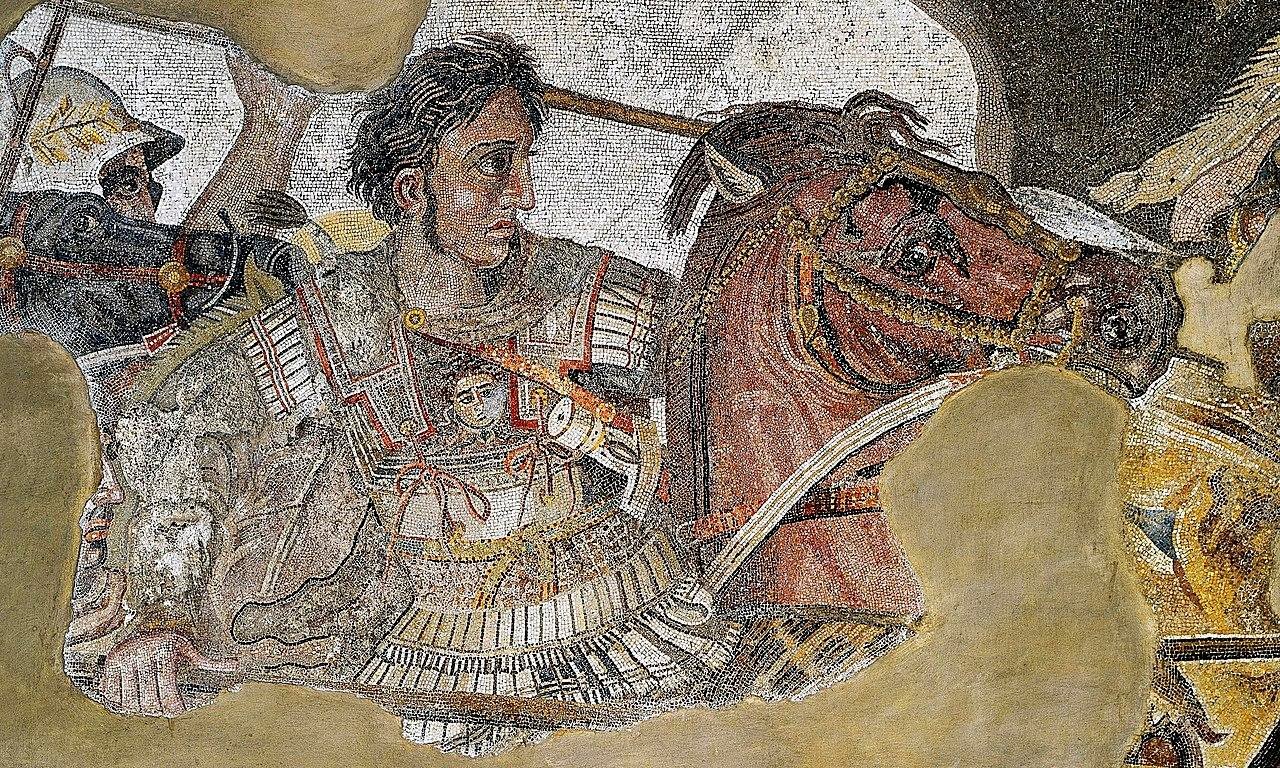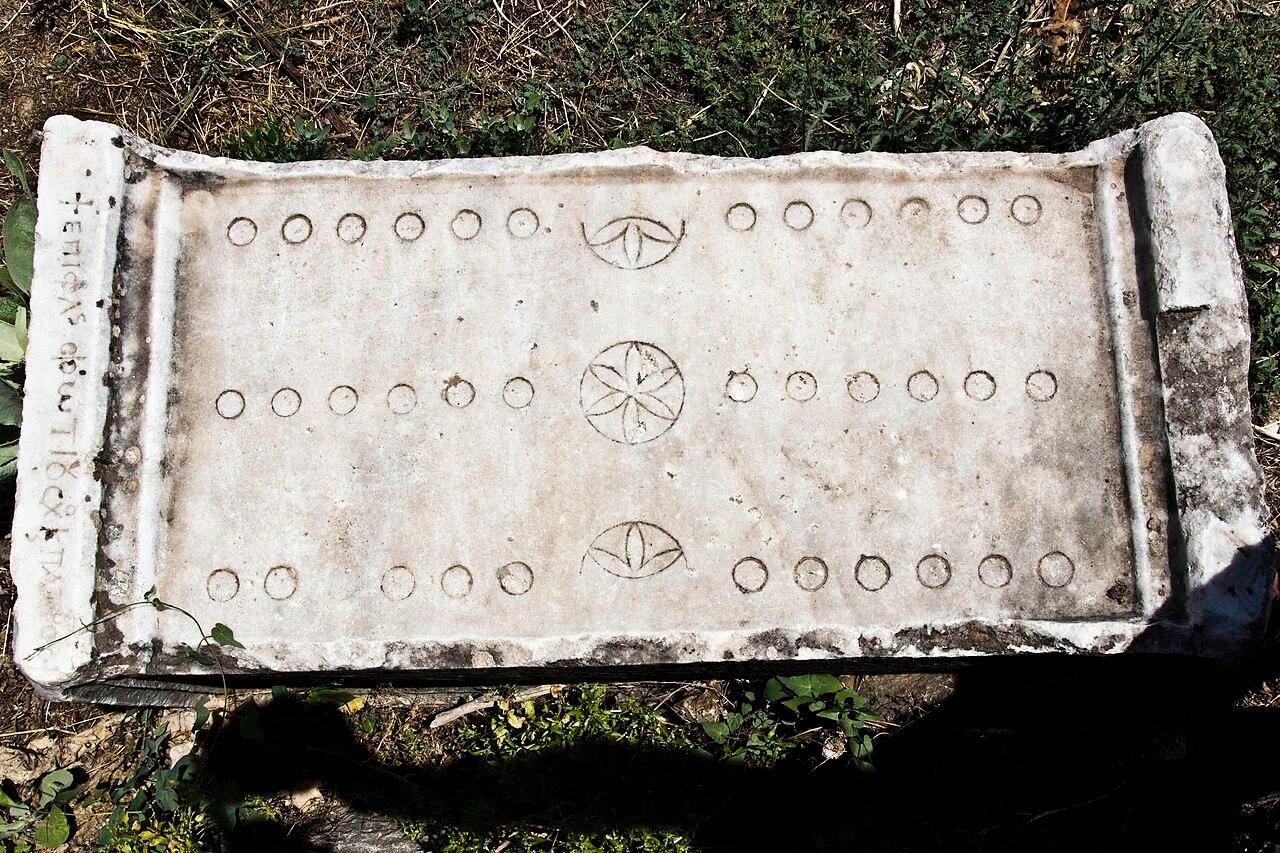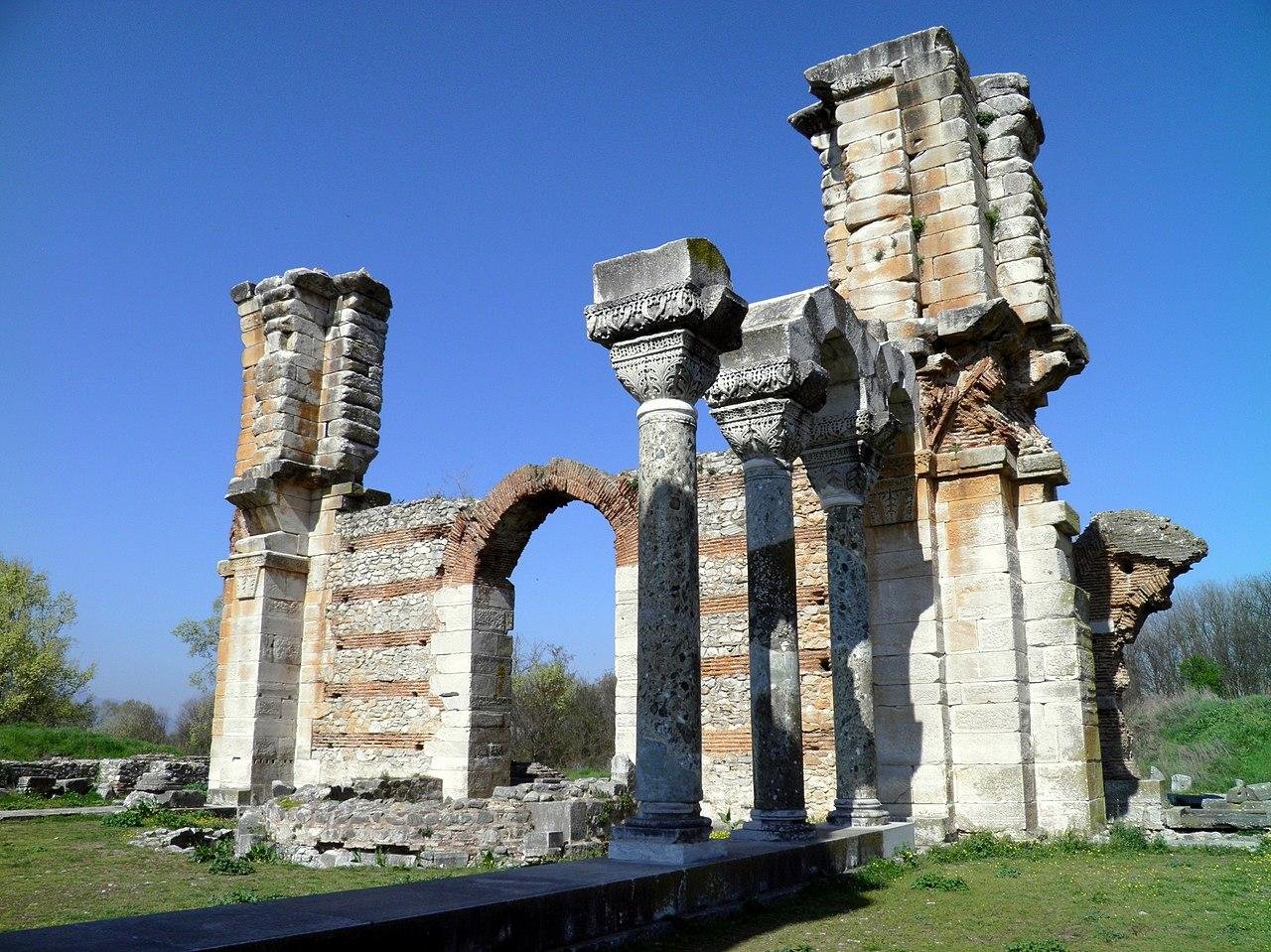Archaeologists in Italy’s Salerno province have uncovered a series of ancient human and animal footprints, which tell a disturbing tale of a dramatic escape by men and animals from a huge eruption thousands of years before the sensational devastation of Pompeii in CE 79.
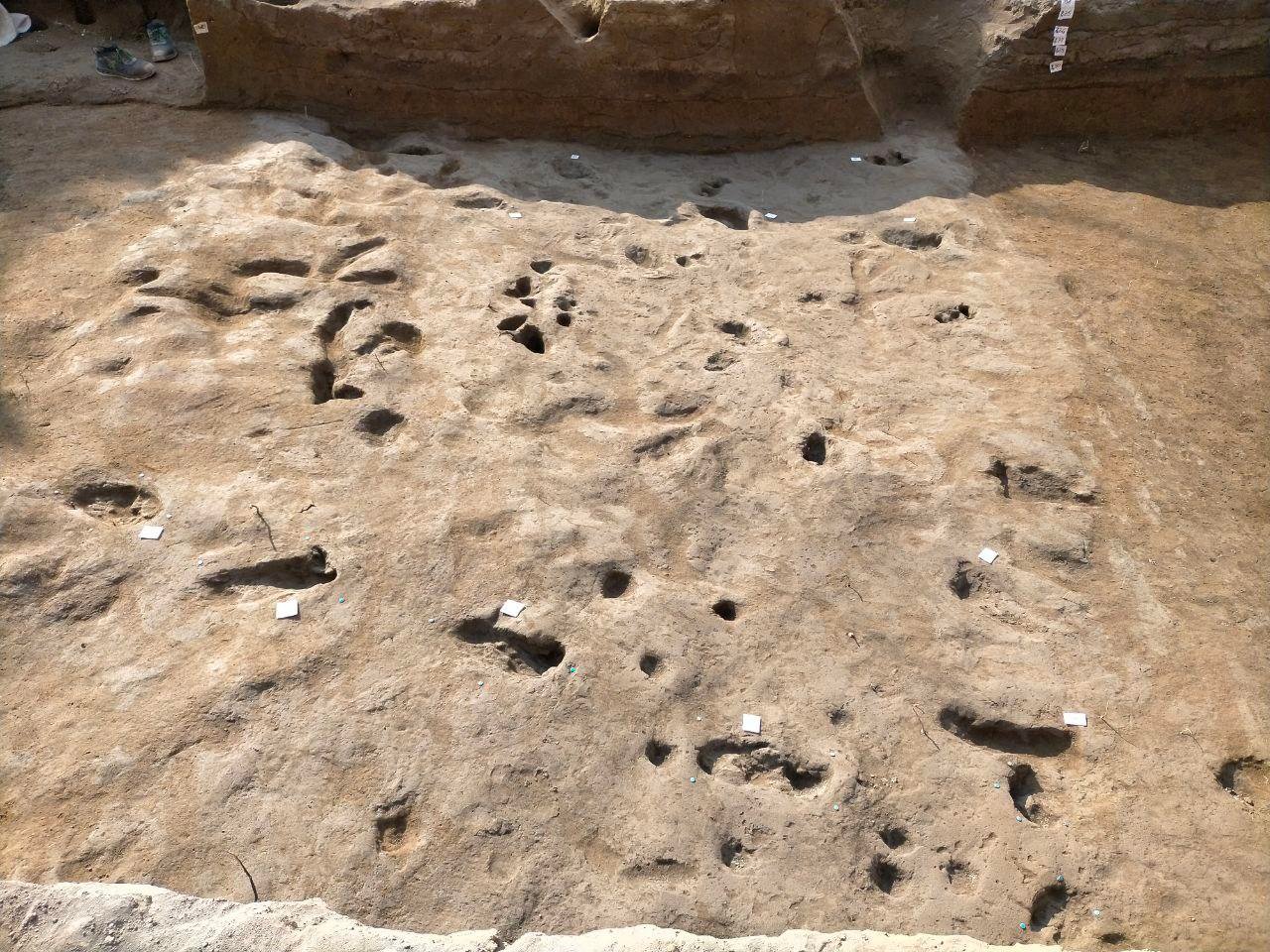 Bronze Age footprints left by people escaping a Vesuvius eruption. Credit: Soprintendenza Archeologia Belle Arti e Paesaggio di Salerno e Avellino
Bronze Age footprints left by people escaping a Vesuvius eruption. Credit: Soprintendenza Archeologia Belle Arti e Paesaggio di Salerno e Avellino
The discovery occurred near the Casarzano stream in Nocera Inferiore during excavation work for a gas pipeline, according to the Superintendency of Archaeology, Fine Arts, and Landscape for the Provinces of Salerno and Avellino.
The footprints are around 4,000 years old, preserved in pyroclastic deposits from the Avellino eruption of Mount Vesuvius, dated to about 1995 BCE. According to geology experts, this eruption was much larger and more explosive than the ᴅᴇᴀᴅly eruption that destroyed Pompeii and Herculaneum and buried settlements under meter-deep layers of ash and pumice. The footprints of men, women, children, and animals, some of whom were barefoot while others wore basic footwear, trace the desperate flight of the region’s inhabitants as they attempted to escape the catastrophe.
Despite the devastation, the current excavation suggests that communities returned to the area afterward. The researchers found a village dating back to the late Bronze Age or early Iron Age, with semicircular huts built sometime between 1200 and 900 BCE. Ceramic shards and structural remnants point to a well-organized settlement that lasted for centuries after that eruption.
In addition to the footprints, the excavations have revealed a wealth of archaeological remains across several historical periods. A partially uncovered extra-urban sanctuary, from the 3rd or 2nd century BCE, was found near Nuceria Alfaterna along an ancient road. Miniature ceramic objects, presumably representing votive offerings, provide insight into religious practices during that period.
The Roman period also left its mark on this place. Archaeologists have identified two large rural villas, probably dedicated to agricultural production. Plow marks found in and around the site indicate that it was the site of intense farming activity. In the vicinity of one villa, researchers uncovered burials dated to the transition between the Roman era and Late Antiquity. Several tombs, especially children’s graves, were lined and covered with tuff slabs, occasionally decorated with engravings. A monumental tomb with a sarcophagus may have belonged to a high-ranking individual. At its base, an underground structure may have functioned as a martyrium, a place of worship dedicated to martyrs, further evidencing the coexistence of Christian and pagan burial practices.
Remaining evidence from Late Antiquity indicates that there was continued habitation, with large huts resembling prehistoric dwellings. This change has been attributed by experts to socio-economic shifts, suggesting the flexibility and adaptation of these communities to historical changes.
The discovery of these footprints and archaeological remains offers a rare and deeply human perspective on how ancient communities responded to catastrophic natural events.
Soprintendenza Archeologia Belle Arti e Paesaggio di Salerno e Avellino
